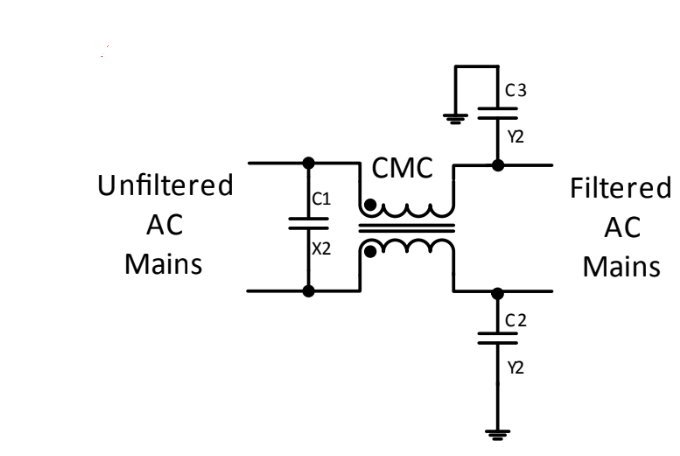DC/DC Book of Knowledge
This chapter is a comprehensive overview of DC/DC power supply topologies: linear and switching regulators, buck, boost and buck-boost converters and flyback, forward and push-pull topologies. If you want to know your SEPIC from your ZETA, you need to read this chapter!Chapter 2: Feedback Loops
Feedback is the essence of every stable system. How can I design my analogue or digital power supply to react quickly to sudden changes in load or input voltage, but stay smooth when the load is constant? And why do I have to worry about my right half plane stability?Chapter 3: Understanding Datasheet Parameters
If in doubt, read the datasheet! This chapter explains what all the parameters mean so your DC/DC design behaves the way you expect it to. What is the worst case performance I can expect?
Chapter 4: DC/DC Converter Protection
Prevention is better than cure. How to protect my DC/DC converter and how my DC/DC converter can protect my application. Read this or be sorry!
Chapter 5: Input and Output Filtering
Input and output filtering is one of the most important and most poorly understood aspects of any DC/DC converter design. Sort out your common mode from your differentials, and you don’t have to worry about your back ripple any more.
Chapter 6: Safety
Safety first. This chapter explains the hazards, risks and countermeasures that you need to know to make a safe design that meets the regulatory requirements. Get creepages and your clearances right and your design can pass the safety certification first time.
Chapter 7: Reliability
All manufacturers say that their product is reliable, but how do you design for high reliability? Find out which factors do the most harm to the lifetime of DC/DC converters.
Chapter 8: LED Characteristics
Power LEDs for lighting run best from a constant current supply, not a constant voltage. How do you protect your LEDs from being overdriven or over-heating? And which is better: Analogue or PWM dimming?
Chapter 9: DC/DC Application Ideas
This chapter is a collection of DC/DC tips and tricks that every designer might find useful: How can I double the output power? Can I connect DC/DC converters in series? How can I increase the isolation?
Chapter 10: Magnetics
The heart of a DC/DC converter is the magnetic component. This chapter takes you through the entire design process from choosing the right magnetic core and topology, to coping with the losses and handling the leakage inductances and capacitances.
Chapter 11: Advanced Assembly and Packaging
The new 3DPP® chapter explores the different methods and techniques that have led to this paradigm shift. New packaging technologies have more than doubled the power density, so that a complete 15W converter in 3x3x1.5mm is now possible.



